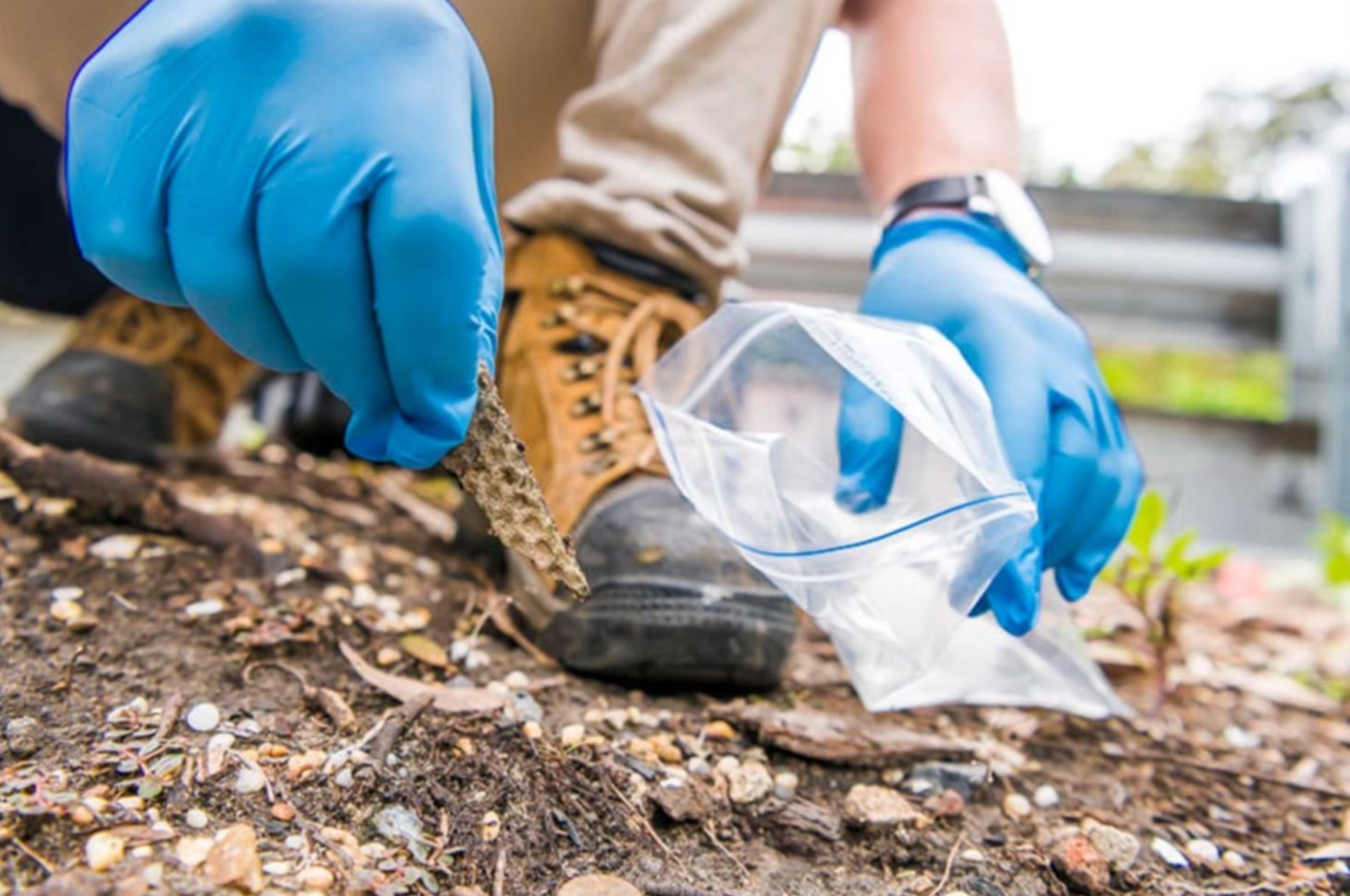
A contamination report, whether it’s part of a Preliminary Site Investigation or Detailed Site Investigation, gives several crucial purposes of the site.
Preliminary site investigation and detailed site investigation are both crucial stages in the process of assessing land or property for development or environmental purposes. Here’s a breakdown of the key differences between the two segments.
Objectives
The primary goal of preliminary site investigation is to identify potential risks and constraints early in the planning process. These could include issues such as soil contamination, unstable ground conditions, or the presence of protected species. Identifying these early on helps stakeholders make informed decisions about the feasibility of development and the need for further investigation.
Detailed Site Investigation aims to provide detailed information about the site’s geology, hydrogeology, contamination levels, ecological value, and other factors. This information is crucial for designing appropriate mitigation measures, developing remediation plans, and obtaining regulatory approvals.
Geotechnical engineering companies, such as those in Sydney, are equipped with industry experts who are instrumental in this process. Their reliable and professional services provide business owners with a sense of security, guiding them through the investigation and delivering accurate and actionable information.
Level of Detail
Preliminary Site Investigation provides a broad overview of the site, focusing on identifying potential issues without delving into extensive data collection or analysis.
Detailed Site Investigation involves a comprehensive study with in-depth data collection, analysis, and interpretation. This thorough process ensures that the site’s suitability for various uses is accurately assessed and that specific regulatory requirements are met, giving you confidence in the results.
Cost and Time
PSI is generally not a costly affair and time-consuming compared to DSI since it involves less extensive fieldwork and analysis. Based on the construction and budget, geotechnical engineers guide the contractors.
DSI requires more resources in terms of time, personnel, equipment, and laboratory analysis, making it more expensive and time-consuming than PSI. In general, large scale projects need detailed site investigation due to huge budgets and more time needed to complete the projects.
Regulatory Requirements
Preliminary Site Investigation may be sufficient for preliminary planning purposes and initial regulatory approvals in some cases.
Detailed Site Investigation is required to satisfy regulatory authorities, especially for projects involving potential environmental impacts of land contamination issues.
Contamination Report
Identifying Risks
It helps identify any potential risks or hazards posed by contamination on the site. This could include pollutants in the soil, water, or air that may pose health risks to humans, animals, or the environment. Experienced geotechnical and environmental consultants can access the site and guide the businesses in the right way.
Compliance
Compliance with environmental regulations and guidelines is of utmost importance. Many jurisdictions require a contamination report as part of the planning or development process. Conducting such a report ensures compliance, which is necessary for legal and regulatory reasons. It also serves to protect the environmental and public health by identifying and addressing potential contamination issues.
Decision Making
The findings of the contamination report can inform decision-making processes regarding land use, property development, and remediation efforts. For example, if a contamination report identifies significant contamination on a site, stakeholders may decide to abandon the development plans or to proceed with additional remediation measures. It provides essential information for stakeholders to understand the extent of contamination and the steps needed to address it, and to make informed decisions based on this information.
Financial Considerations
Contamination can have a significant impact on the value of a property. If a property is found to be contaminated, it may require costly cleanup and remediation efforts, which can reduce its value. A contamination report provides stakeholders with a clear understanding of the financial implications of any contamination present, including potential costs for cleanup and remediation. This information is crucial for making informed decisions about property development or acquisition.
Public Health and Safety
If contamination poses risks to public health and safety, a contamination report serves as a crucial tool in raising awareness of these risks and enabling appropriate measures to protect individuals and communities. It underscores the shared responsibility of stakeholders and engineers in ensuring public safety.
Popular Posts
- Why do I require a Contamination Report ? (Preliminary Site Investigation or Detailed Site Investigation)?
- The Importance of Site Investigation with New Construction
- Preliminary Site Investigations: A Must-Do for Smart Project Planning
- Inside a Detailed Site Investigations Report: What Every Project Manager Should Look For
- Beyond the Surface: Understanding Subsurface Conditions through Geotechnical Investigations
- Why You Should Incorporate Environmental Investigations Into the Early Stages of Construction